When you’re cutting through nail embedded wood, rebar, or demolition debris, one thing becomes clear fast: not every Sawzall blade is built the same. Some dull after a few cuts, while others slice through dense materials job after job without losing their edge.
So, what truly makes the longest lasting Sawzall blade, and how do you pick one that won’t slow you down on the job?
- 1. Understanding the Sawzall Blade
- 2. What Determines How Long a Blade Lasts?
- 3. Blade Materials: From Bi Metal to Carbide
- 4. Why Carbide Blades Last the Longest
- 5. Durability in Action: Tested Under Pressure
- 6. Demolition Blades: Built for Chaos
- 7. Heavy Duty Applications Demand Heavy Duty Blades
- 8. What Makes EZARC Blades Different
- 9. Pro Tips: How to Extend Blade Lifespan
- 10. Choosing the Right Blade for Every Material
- 11. The Final Cut: Performance Meets Longevity
- 12. Final Thoughts
Understanding the Sawzall Blade
A sawzall blade is the heart of demolition, remodeling, and heavy duty cutting work. It’s designed for versatility, making quick work of wood, metal, PVC, and more. But how long it lasts depends on much more than just the saw you’re using.
The blade’s material, tooth design, and purpose all influence performance. A low quality blade dulls quickly or bends under pressure, while a precision engineered cutting blade stays sharper and cuts cleaner, saving time and effort on every job.
What Determines How Long a Blade Lasts?
Five major factors determine how long a sawzall blade can perform at its best:
- Material Composition – Defines hardness, flexibility, and wear resistance.
- Tooth Geometry – Determines how aggressively it cuts.
- Application Type – Using the wrong blade shortens its life.
- Heat Resistance – Overheating dulls edges fast.
- Coating and Finish – Reduces friction and prevents corrosion.
Each factor affects whether your blade cuts ten pieces or a thousand.
Blade Materials: From Bi Metal to Carbide

The metal composition of a sawzall blade is the single most important factor in durability. Here’s what sets each type apart.
High Carbon Steel (HCS)
Best for: Soft wood and plastic
- Flexible and inexpensive
- Dulls fast, not ideal for metal
High Speed Steel (HSS)
Best for: Thin metals and non ferrous materials
- Harder than HCS
- Brittle and less flexible
Bi Metal Blades
Best for: Mixed materials, wood with nails, and light demolition
- Durable and flexible
- Limited lifespan for heavy duty tasks
Carbide Sawzall Blades
Best for: Thick metal, hardwood, and demolition projects
- Exceptionally long lasting and heat resistant
- Higher cost but pays off over time
Carbide tipped designs have become the professional standard for longevity, outlasting other blades many times over.
Why Carbide Blades Last the Longest

When it comes to the longest lasting sawzall blade, carbide leads the pack. Tungsten carbide, one of the hardest known materials, gives the teeth unmatched strength and cutting endurance.
That hardness translates to:
- Up to 20 times the lifespan of bi metal blades
- Superior heat and wear resistance
- The ability to cut through hardened steel, cast iron, and rebar
Carbide Sawzall blades stay sharp through intense use, making them the go to option for professionals demanding reliability.
Durability in Action: Tested Under Pressure
To ensure real world durability, manufacturers test sawzall blades against materials found on active job sites. The best blades endure hundreds of cuts through:
- Nail embedded lumber
- Stainless steel pipes
- Demolition debris
- Metal studs and drywall
In independent tests, carbide tipped blades maintained up to 80 percent sharpness even after heavy use, while bi metal options dropped below 30 percent under the same load.
Demolition Blades: Built for Chaos

In remodeling or teardown work, a demolition Sawzall blade is indispensable. These are thicker, tougher, and designed to withstand intense vibration and mixed material cutting.
Key features include:
- Reinforced teeth to handle impact
- Variable pitch design for smoother cutting
- Wide gullets for faster debris removal
They can cut through wood, nails, and even light masonry, making them a favorite among demolition pros.
Heavy Duty Applications Demand Heavy Duty Blades
When cutting reinforced steel, cast iron, or industrial piping, standard blades just won’t cut it. That’s when heavy duty sawzall blades take over.
Engineered for extreme use, they excel in:
- High speed demolition
- Industrial fabrication
- Harsh cutting environments
EZARC’s blades, reinforced with carbide teeth and a flexible spine, resist bending and snapping under pressure, giving pros consistent, controlled cuts every time.
What Makes EZARC Blades Different
At EZARC Tools, every sawzall blade is built to outperform expectations. Precision engineering meets durability to create blades that balance speed, control, and longevity.
Each EZARC blade features:
- Industrial grade carbide tips for wear resistance
- Optimized tooth geometry for smooth, fast cuts
- Vibration control design for comfort and accuracy
- Advanced heat treatment for maximum strength
EZARC’s technology delivers consistent cutting power from the first stroke to the last.
Pro Tips: How to Extend Blade Lifespan
Even the best Sawzall blade lasts longer with proper care.
Here’s how to maximize lifespan:
- Match the blade to the material.
- Let the saw do the work, avoid forcing the cut.
- Keep speeds moderate to prevent overheating.
- Clean blades after use to remove debris.
- Store them in a dry case to avoid rust.
With good technique, you can double your blade’s life and save on replacements.
Choosing the Right Blade for Every Material
| Material | Recommended Blade Type | Typical Use |
| Wood | Bi Metal | Framing, trimming |
| Wood with nails | Bi Metal or Carbide | Renovation, demolition |
| Metal | Carbide | Cutting pipes, rebar |
| Mixed materials | Demolition | Construction teardown |
| Masonry | Carbide Grit | Tile or brick removal |
When uncertain, go carbide. It’s the most reliable and cost effective option for demanding jobs.
Read Our Full EZARC Blade Selection Guide.
The Final Cut: Performance Meets Longevity
So, what’s the longest lasting sawzall blade?
Without question, it’s a carbide tipped blade built for professional, heavy duty performance.
Carbide technology redefines durability, lasting longer, cutting faster, and resisting wear even under intense use. When engineered by EZARC, it’s not just a blade, it’s a performance guarantee.
Final Thoughts
A sawzall blade isn’t just a disposable accessory, it’s the tool that defines your productivity. Investing in long lasting, professional grade blades saves time, reduces frustration, and boosts efficiency.
From demolition to precision metal cutting, EZARC continues to lead in Sawzall blade innovation where every cut counts.

 Oscillating Multi-Tool Blades
Oscillating Multi-Tool Blades
 Reciprocating Saw Blades
Reciprocating Saw Blades
 Cutting & Grinding
Cutting & Grinding
 Hole Saw
Hole Saw
 Drilling
Drilling
 Sanding & Polishing
Sanding & Polishing
 Hand Tools
Hand Tools
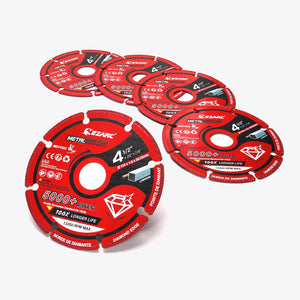 Metalworking & Fabrication
Metalworking & Fabrication
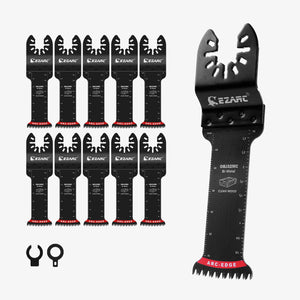 Woodworking & Furniture Making
Woodworking & Furniture Making
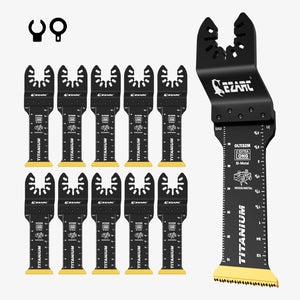 Plumbing & Electrical Installation
Plumbing & Electrical Installation
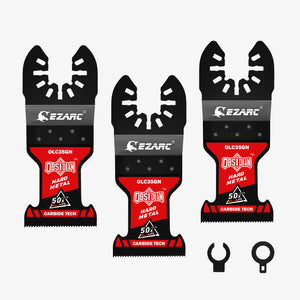 Construction & Renovation
Construction & Renovation
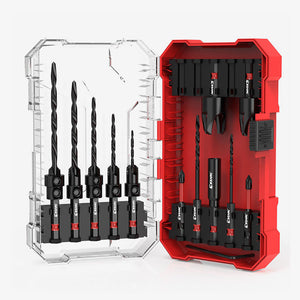 Window & Door Repair
Window & Door Repair
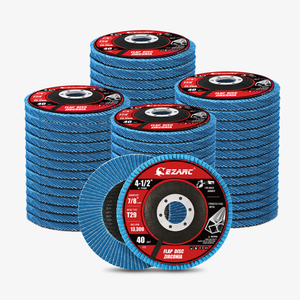 Rust Removal & Surface Cleaning
Rust Removal & Surface Cleaning
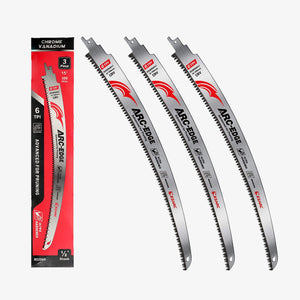 Gardening & Outdoor Projects
Gardening & Outdoor Projects
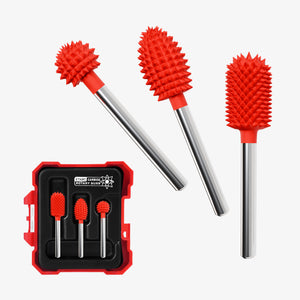 Art & Creative Projects
Art & Creative Projects
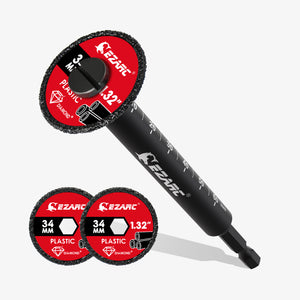 NEW ARRIVALS
NEW ARRIVALS























发表评论
此站点受 hCaptcha 保护,并且 hCaptcha 隐私政策和服务条款适用。